George Krause is an American photographer and multidisciplinary artist living and working in Wimberley, Texas. Krause is renowned for receiving the first Prix de Rome and the first Fulbright-Hays grant ever awarded to a photographer, two Guggenheim fellowships, and three grants from the National Endowment of the Arts. His work is held in museum collections worldwide, including the Museum of Modern Art in New York City, the Library of Congress in Washington D.C., the Amon Carter Museum of American Art in Fort Worth, the Museum of Fine Arts, Houston, The Philadelphia Museum of Art, and the Bibliothèque Nationale in Paris, France. Krause established the photography department at the University of Houston in 1975, where he taught until his retirement in 1999.
Recently, Karuse had a chance to sit down with me in his studio space and home in central Texas to talk about his body of work, which spans decades.
Caroline Frost (CF): Tell me about creating the photography program at the University of Houston?
George Krause (GF): My son and I built the dark room ourselves because we didn’t think we could get university money to fund it. In the first year we had one class, and the next year there were four classes. We initially offered photography as a graduate program, so there weren’t any undergraduate students majoring in photography. In time, we developed an undergraduate and elective program that have both grown rapidly.
CF: When did you move to Wimberley?
GK: In 1999. I saw 291 on the mailbox and immediately thought of Alfred Stieglitz’s 291 Gallery, so I knew it was perfect. It had a red barn where I built gallery space, a studio, and archive rooms. It will be on the Wimberley Studio Tour in October.
CF: Can you tell me about this exhibition space and the work you have on display?
GK: I built a gallery space during the pandemic for these life-size portraits that I call The Sfumato Nudes-San Miguel Revelado. I originally showed this work at the Museo de Bellas Artes in San Miguel de Allende in 2015. The lightbox required to shoot the portraits had to be built on-site, so we decided to show about 40 portraits, but then I ended up photographing over 120 people and displaying 60 life-size portraits. The Bellas Artes gave me four exhibition rooms connected by these beautiful large arches. I couldn’t put anything on the walls because it’s a World Heritage Site — the active convent there dates back to the 17th century — so I had to construct four skeleton spaces out of two-inch PVC pipe to fit inside the four rooms. The exhibit here in Wimberley is how I always imagined it to be displayed: one large room with a central maze of horizontal and diagonal pathways to wander through.
CF: This installation seems to personalize the viewing of each photograph.
GK: I see it as a weird cocktail party where you walk around until you find somebody you find interesting.
CF: What catalyzed the Sfumato Nudes?
GK: I was invited three times to New Zealand, first to teach a workshop, a year later to teach at the Polytech, and the third time to be an artist in residence for six months. The Arts Council gave me the oldest house in New Zealand to live in — it was Captain Cook’s gardener’s cottage. A skylight was built into the slant of the roof to help light the second-floor landing because there is no electricity. I started shooting portraits in that skylight at 1:15 pm, when the light was perfectly angled. I had to keep my eye on the clock as I had less than ten minutes to shoot. When I returned to the U.S., I built an exact copy of the New Zealand skylight according to measurements I’d taken (with some adjustments made), and replaced the unpredictable New Zealand sun with a powerful strobe light.
CF: What were you working on prior to the Sfumato Nudes?
GK: I was working on a nude series, but it was very different from the Sfumato nudes, as I had become fascinated with the history of the nude in art and mythology. Leo Steinberg wrote one of my favorite books, The Sexuality of Christ in Renaissance Art and Modern Oblivion, which interprets symbolism in religious iconographies, such as gestures of dominance, like slung leg and chin chuck motifs. In nudes and nakedness, these gestures are especially loaded due to the evidentiality of sexual politics. Themes of dominance in art go back to the first naked representations of man and woman — before Adam and Eve, before Zeus in his many forms, perhaps even before the Venus of Willendorf.
CF: How do the Sfumato Nudes differ?
GK: With the Sfumato Nudes, I’m using a single light that comes from behind and wraps around the body, a complete reversal of traditional portraiture, which makes the tip of the nose the darkest because it’s furthest from the light source. In this sfumato light, the body becomes a topographical landscape that allows the spirit of the person to come through. My job is just to find the ideal moment.
CF: As “sfumato” suggests, the silhouettes of the bodies are softened by the light.
GK: That term, sfumato, originated with Da Vinci. It’s also based on the Italian word for smoking, “fumare,” but the archaic spelling included the “sf,” so that is where the painterly term comes from. I use it because I love the way the edges of the bodies disappear.
CF: There’s a pretty drastic difference between your earlier work and your current series. Is there a notable point where that shift occurred?
GK: I don’t strategize, I just find myself immersed in another project. I call my earliest works the Street Series and Qui Riposa. I went to the Philadelphia College of Art, now called the University of the Arts, and I won almost every award — drawing, printmaking, graphic design — but I never won for photography. So, I had to become a photographer. I also had to decide, as someone who has a keen sense of adventure, whether I wanted to pursue a life working in a studio or a life of travel. In the sixties, the burning question was: is photography art? I felt strongly that it was. Then, in 1963, I was awarded a Fulbright to go to Spain, which gave me the opportunity to work and travel.
CF: The first Fulbright ever awarded to a photographer! What was it like to apply for and receive that?
GK: It was new territory. It was just thirty years earlier that Spain nearly sided with fascist Italy and Germany in WWII, and prior to that they’d gone through a terrible civil war, and there was a lot of poverty. So, I wrote a proposal that displayed my love for the work of Spanish artists, the unique quality of Spanish light, and the importance of using photography to document this particular time in Spain. Much of my earliest work was street photography in the south of Spain.
CF: What do you consider to be a seminal moment in your career?
GK: When John Szarkowski succeeded Edward Steichen as director of the photography department at the Museum of Modern Art in 1963, I was included in the first exhibition he curated, Five Unrelated Photographers. Ten years later he included my photograph, Death Flower, in his book Looking at Photographs: 100 Pictures from the Collection of the Museum of Modern Art. That put me on the map!
CF: There’s this sense of truth being stranger than fiction that your photography captures in Street Series and Qui Riposa. The subjects present as things you’ve encountered that have been produced by the culture or by the natural world, but the composition, the cropping, and the angles create these proportions that make the subject look fantastical.
GK: I have an ability to use the inherent properties of photography to create an image with dreamlike qualities. Mark Power, a dear old friend of mine, wrote an introduction to my book George Krause-1 that reads: “[Krause’s] work is like the obverse side of Cartier-Bresson’s coin; his strongest photographs, for me, capture those indecisive moments when man’s persona takes over, moments when the spirit transcends the flesh: girls walking up stairs and changing to Alice-in-Wonderland, doors turning into faces, men metamorphosing into gods, gargoyles stepping off walls, tenuous moments when stone turns to flesh, or flesh to stone, and myth and legend walk among us.” I’m so proud that he wrote this about my work.
CF: How would you describe the indecisive moment versus Cartier-Bresson’s decisive moment?
GK: Well, I think it’s what you were describing. The decisive moment is when things seemingly come together and you have that split second to capture it before everything changes. For many of these photographs, I returned a second, third, and fourth time to photograph them. I once photographed this sculpted head of John the Baptist in Grenada, Spain. The sculpture was beneath the glass, and as I’m looking around, I realized that the light in the window across the way was reflected in the glass. So, for a couple of hours, I played with that — I placed it in his mouth, I placed it in his eye — trying to decide what seemed to convey a more painful reaction.
CF: What prompted you to begin photographing nude portraits as opposed to street photography?
GK: I grew up aware of Edward Weston’s nudes, and I can appreciate their formal qualities — they are beautifully composed with interesting tonalities — but for me, they have little eroticism and almost no sexuality. One day I was visiting Szarkowski at the Museum of Modern Art, and he showed me E.J. Bellocq’s Storyville portraits from the red light district in New Orleans. Lee Friedlander had donated them to the MoMA. As I looked at these photographs, I could sense Bellocq’s desire, passion, even lust, and I thought “that’s what I want to create!”
CF: But your Sfumato Nudes don’t feel erotic or sexual. They’re actually pretty neutral.
GK: No, they are the opposite. When I exhibited them in San Miguel, I put a little book out so people could write comments, and I got this lovely note written in a shaky hand that said, “Una maravilla! I loved it. So many people I would like to meet. Seeing the photos of older women helped me to accept my body more.” This touched me. These Sfumato Nudes are not erotic, but they’re a celebration of one’s life. When asked why he painted so many nudes, Lucian Freud said “because it’s the most complete portrait.” The body is as important as the face. When shown like this, the body may be even more important than the face. The sfumato light has the power to expose the inner spirit, the soul, of a person.
This interview has been edited for length and clarity.


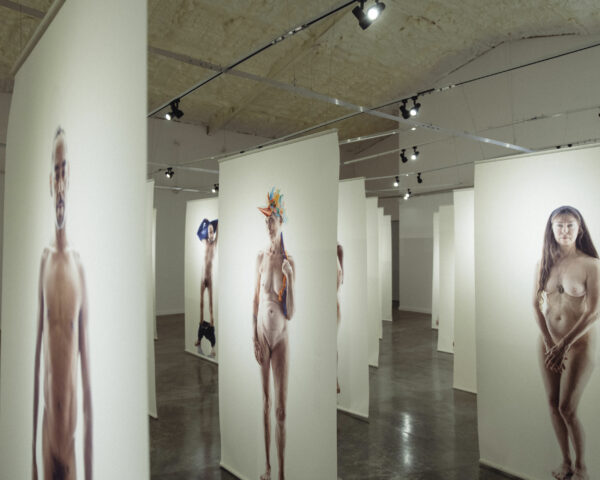
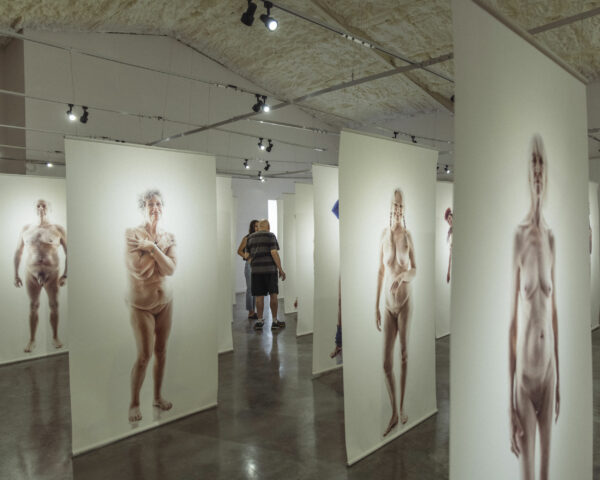

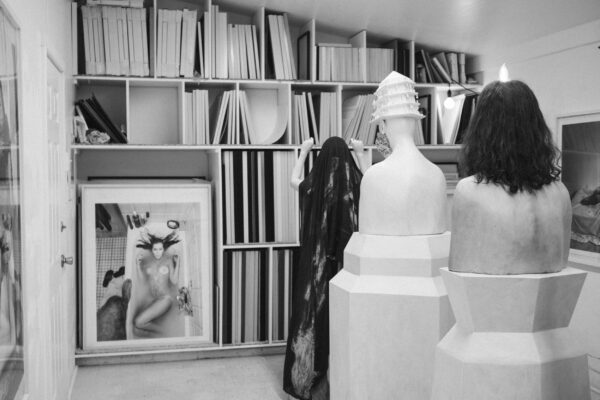
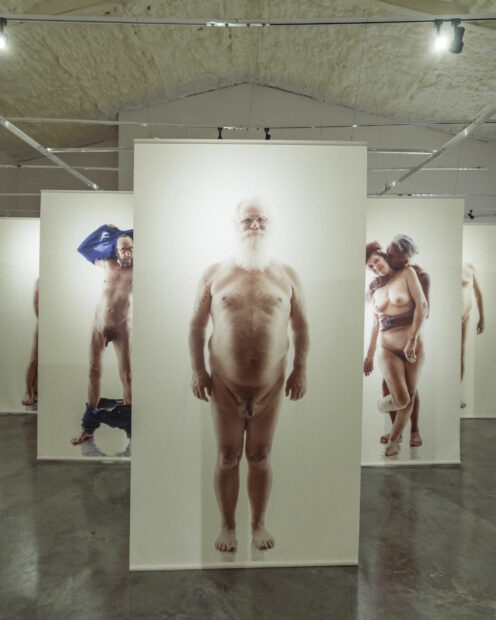
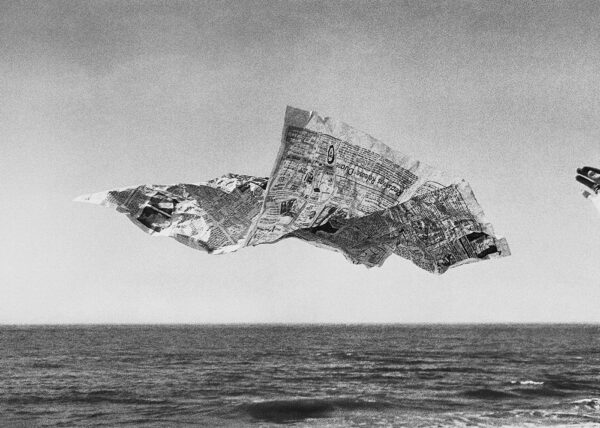
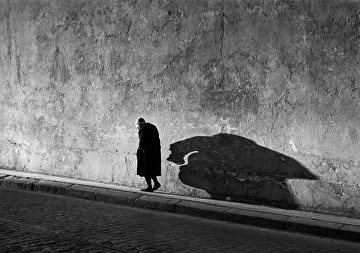
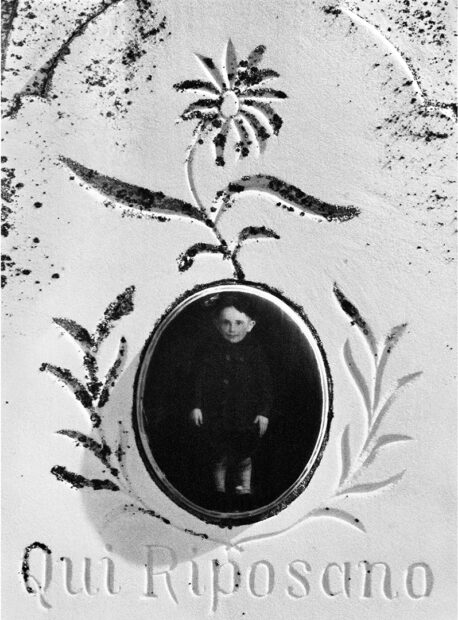
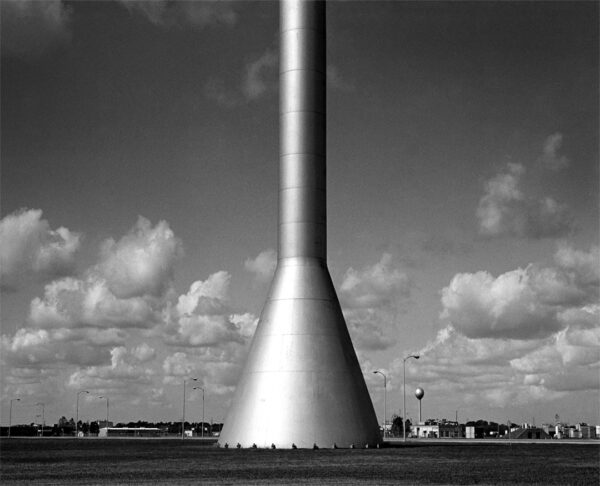
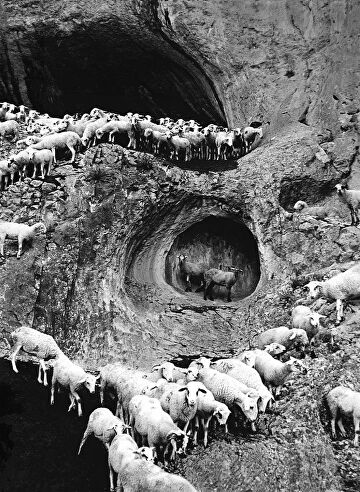
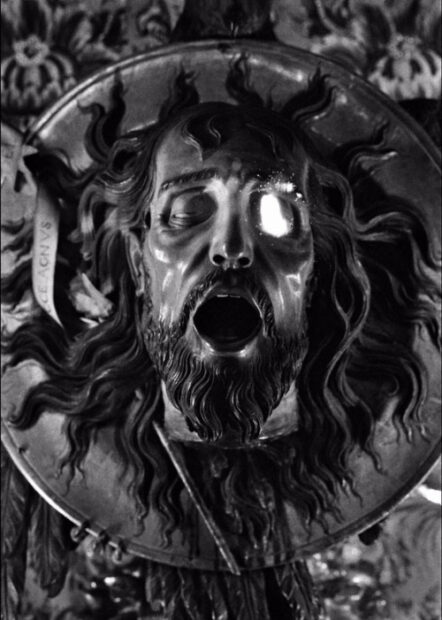
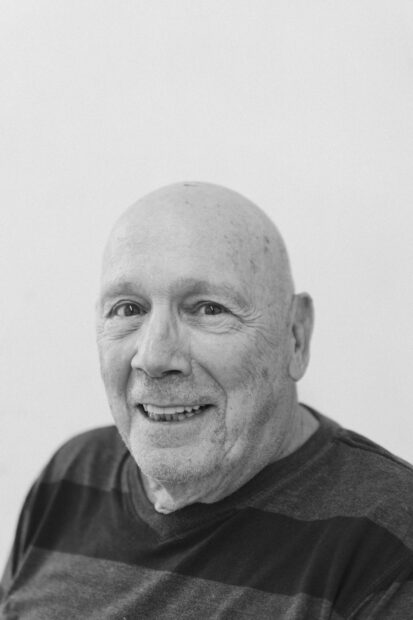

1 comment
Wonderful article on George!